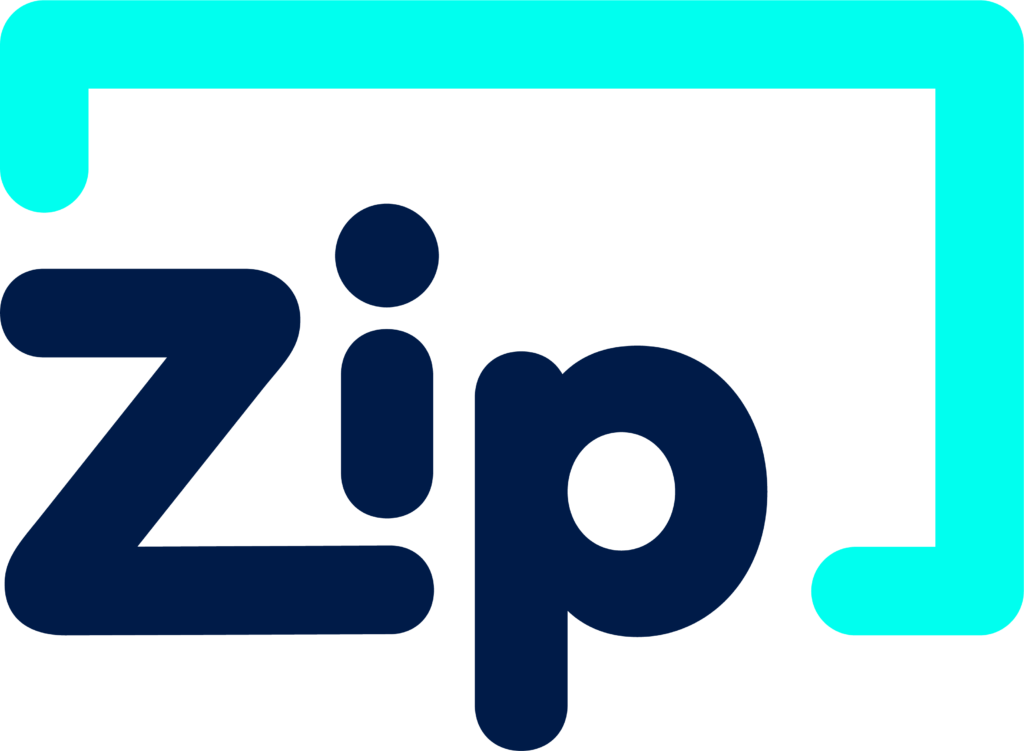SDDC Bond

The Military Surface Deployment and Distribution Command (SDDC) is a branch of the United States Army responsible for managing the movement of goods and personnel for the Department of Defense (DoD). The SDDC requires its transportation service providers (TSP) to obtain a bond to ensure they can fulfill their obligations.
What is an SDDC bond?
An SDDC bond is a type of surety bond that all TSPs must obtain before transporting DoD freight. The bond protects the government against financial loss if the service provider fails to meet its obligations. It guarantees that the service provider will deliver goods and services according to the terms of the contract or pay any damages resulting from its failure to do so.
This bond also goes by “Department of Defense performance bond” (or DoD performance bond). It used to go by “MTMC bond” (for Military Traffic Management Command, renamed in 2004).
Get Your SDDC Bond:
Quick Takeaways
- An SDDC bond is a type of license bond that TSPs must obtain if they want to transport DoD freight.
- It guarantees the service provider delivers goods and services according to the terms of the contract or pays any damages resulting from its failure to do so.
- Bond amounts range from $25,000 to $100,000.
- Freight brokers, carriers, forwarders, and logistic companies need this bond.
How does an SDDC bond work?
The parties involved in an SDDC bond contract are:
- The transportation service provider (principal): The party required to obtain the bond to do business with the SDDC
- The surety bond company: The party that issues the bond to the TSP and guarantees payment to the government if the TSP fails to meet its obligations
- The Military Surface Deployment and Distribution Command (obligee): The party that requires the TSP to get bonded and is protected by the bond if the TSP causes damages
If the service provider fails to fulfill its obligations, the government can make a claim against the bond. This occurs when a TSP fails to deliver cargo as promised, such as if the carrier goes bankrupt, defaults, or abandons a shipment. The surety bond company will investigate the claim and, if found to be valid, will pay the government up to the bond limit. The service provider is then responsible for reimbursing the surety bond company for the amount paid to the government.
Who needs an SDDC bond?
Any transportation service providers who want to do business with the SDDC of the United States Army must obtain a bond. This includes:
- Freight brokers
- Logistic companies
- Freight carriers
- Freight forwarders
Without an SDDC bond, transportation service providers cannot participate in the bidding process or receive contracts from the SDDC.
How much does this bond cost?
The cost of your SDDC bond will depend on the bond amount required, the type and size of your business, your credit history, and the number of states you service. The bond amount is how much protection you offer potential claimants. Bond amounts range from $25,000 to $100,000 (see next section for more information).
If you have a great credit score, you could pay as low as 1-3% of the bond annually. If your score is low, you may pay a premium of up to 10% or higher. Regardless of their financial history and credit score, most applicants can obtain the bond they need.
SDDC Bond Requirements for Transport Service Providers
The SDDC requires transportation service providers to obtain one of the following types of bonds:
Type of Transportation Service Provider | Required Performance Bond |
Logistic companies, surface freight forwarders, freight brokers, air freight forwarders | $100,000 |
Bulk fuel carriers | $25,000 |
Freight carriers | $25,000 – $100,000 |
Large companies | 1 state: $25,000 2-3 states: $50,000 4 or more states: $100,000 |
Carriers registered with SBA | Up to 3 states: $25,000 Up to 10 states: $50,000 11 or more states: $100,000 |
The SDDC requires transportation service providers to obtain a bond from a surety bond company authorized to issue bonds on behalf of the federal government.
How to Get Your SDDC Bond
To obtain your performance bond, follow these steps (see this form for detailed instructions):
- Get a Standard Carrier Alpha Code (SCAC) from the National Motor Freight Traffic Association.
- Form an agreement with US Bank Syncada. You must become certified to receive epayment for your services.
- Complete the Freight Carrier Registration Form.
- Establish DOT operating authority by maintaining a valid operating certificate for at least three consecutive years.
- Obtain your performance bond.
- Get cargo insurance ($25,000 for bulk fuel carriers, $150,000 minimum for all other carriers).
- Obtain and maintain a valid HAZMAT Certificate issued by the US DOT Pipeline and Hazardous Materials Safety Administration.
- Indicate your compliance with the FY2019 National Defense Authorization Act Section 899(a)(1)(B).

Apply for Your SDDC Surety Bond Today
ZipBonds offers the fastest and most secure option for getting the surety bonds you need. Our all-digital platform is intuitive and straightforward. Apply online or call us at (888) 435-4191 to speak with an agent directly. Once your application is approved, we will forward your performance bond to the SDDC for you. Your bond must remain active to continue operating your business, so we will send you a renewal notice before it expires each term.
About ZipBonds.com
Founders Ryan Swalve and Zach Mefferd formed the vision for ZipBonds.com when they realized how overly complicated it was to help clients place surety. The frustration of being unable to incorporate the technology they’d used in other insurance-focused projects left them thinking “there has to be a better way.”
Fast forward a couple of years, and that better way is the impetus of everything we do at ZipBonds. We constantly look for innovative ways to improve the bonding process for our clients and agents. Our team comprises individuals who understand all angles of surety – for companies, agencies, and individuals. Incorporating everyone’s point of view to improve the process while simultaneously integrating cutting-edge technology is what sets our business apart.

